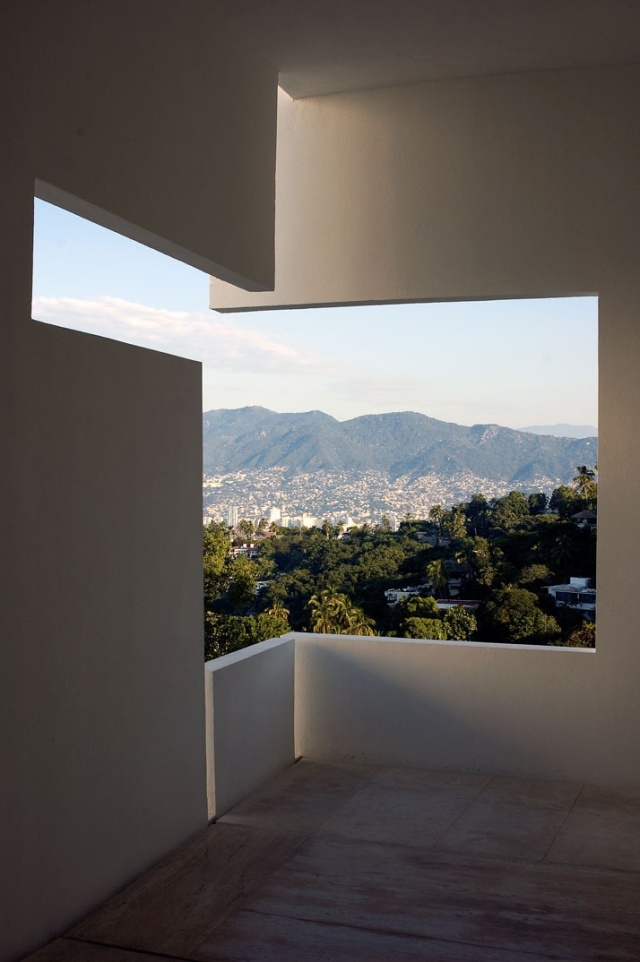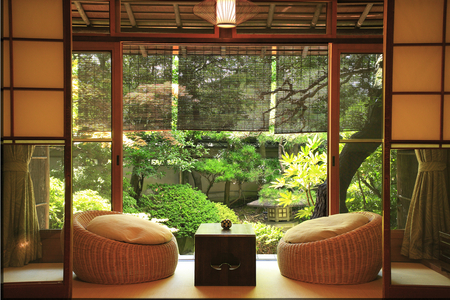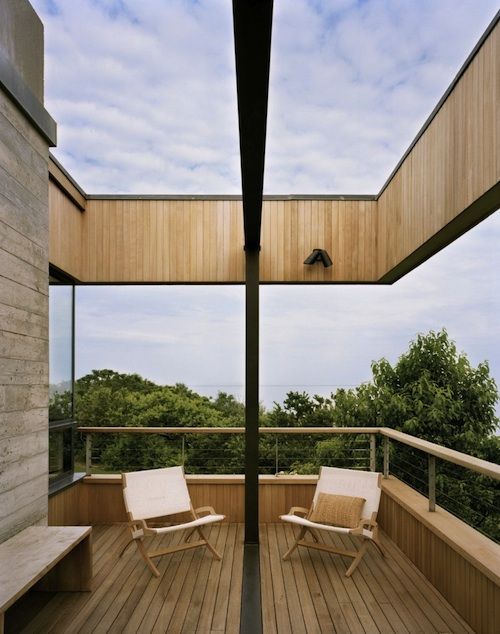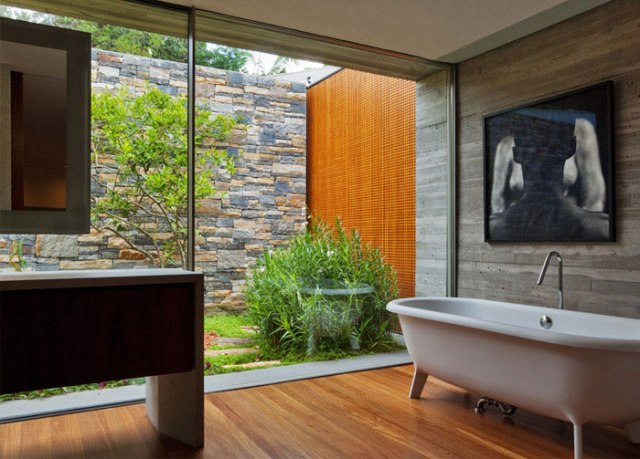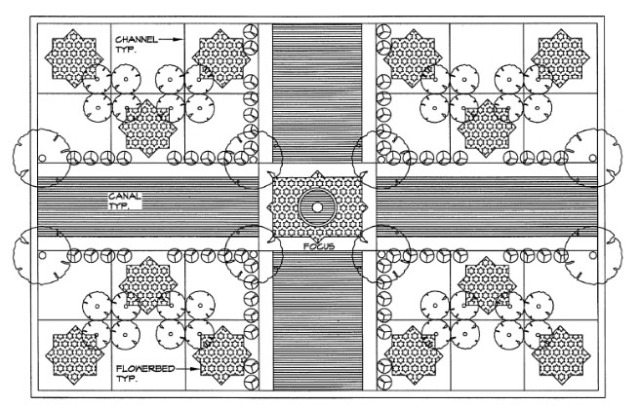The charrette is a unique phenomenon that fascinates and intrigues me because I have been engaged in it on many occasion and felt the energy which surrounds the marvel, then I have witnessed and participated in the results of the occurrence.
Technically speaking, charrette (ie, charet, charette) is an intense period of design activity prior to completion of a project, usually among a group of designers though it can occur independently. Metaphysically, it is a period of intensified creative connections between people. Charrette is a magical part of the creative process that invigorates the creative mind, pushing it beyond its preconceived limitations through the process of collaboration. The sharing of ideas, particularly when under the pressure of time, can be a flurry of frantic brainstorming and problem solving that inspires a designer to link several previously distant ideas together thus building cohesive connections. These interactions can be emotionally charged, which can heighten the astuteness of creative connectivity in ways a solitary process cannot.
One might perceive charrette as a form of mania; it is an enticing aspect of working within groups. Group work makes things possible that seem daunting alone because the list of solutions expands exponentially. A designer might have a wild idea that seems intimidating because of their own inability to resolve a few select obstacles. However, once the issues are recognized and approached by other minds, a series of solutions may appear that would never have been reached alone. This can make the impossible seem possible, and the boundaries of the group as a whole are expanded beyond that of the individual.
This involves an exploration of ideas: ones that seem insignificant as well as the ones that seem grandiose are presented and options are discussed. Goals are examined and routes to achieve those goals are shared. Solutions may be connected with portions of other pathways, creating a network of consciousness that pervades the group, evoking a sense of unity that can fuel the creative fire.
It is that exaltation that gives charrette an addictive quality that I seek out, and I know I’m not alone. My cohorts in shared design sessions have also felt the energy of the phenomena, and after experiencing it, we look for its potential when meeting other designers. I dare say it is one of the most highly sought after qualities in a coworker or creative friend: that ability to connect with them and produce waves of highly inspired team designs is quite fulfilling. Charrette can happen on many different levels, but the best are fundamentally enlightening and truly spiritual shared connections that become manifested into a transcendent composition.





























